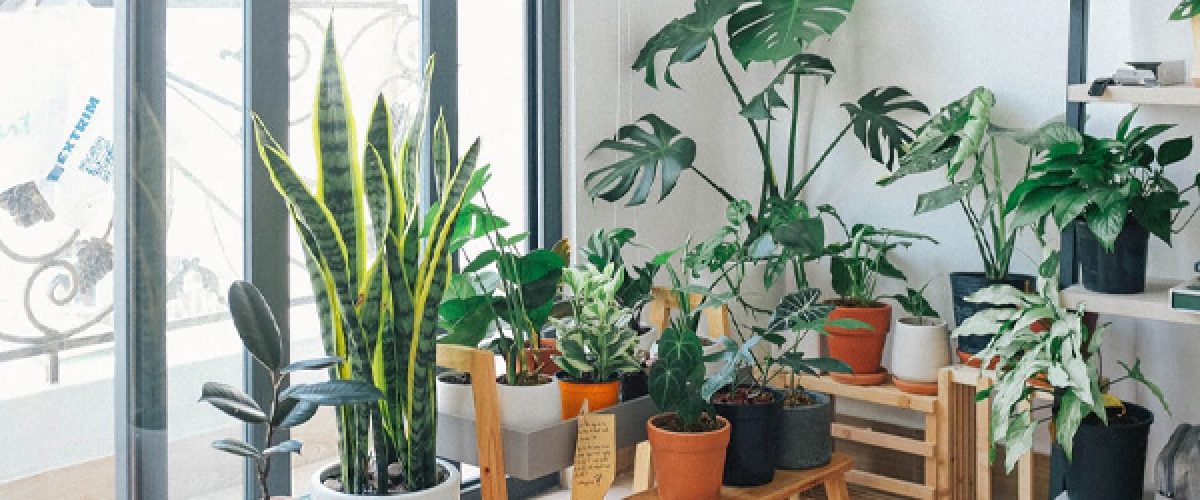Winter is here and during these colder months, your indoor plants are going to have a harder time staying healthy and will require a little extra care. Not only do indoor plants make our home look lively and fresh, they also purify the air we breathe so it’s important to keep them happy!
Here are some important tips to keep your plants happy and healthy when the mercury starts to drop.
Water with care
In winter, most indoor plants don’t need as much water as they do in the warmer months. Water your plants less frequently, ideally once a week or best to let the soil dry out first (depending on the plant variety’s needs). Lift the pot and feel its weight – a dry pot will feel lighter than a damp one. Another good way to know when to water is to push your finger into the soil up to 5cm deep – water if it’s completely dry. If it’s still moist, leave it for a couple more days and then check again. Here are some common signs to look out for:
Your plant is thirsty when
- the leaves are brown and crunchy
- the plant looks skimpy
Your plant is overwatered when
- the leaves are starting to turn an unusual yellow from the edges
- the plant or leaves are misshapen or discolored
Optimal location for light and temperature
Just like us, plants need sunlight to be happy and healthy. Grey winter days mean less exposure to sunlight so you may need to move your plants to a location where they can soak up some extra rays. A sunny windowsill might be tempting but it can deliver extremes of daylight heat and cold nights, which many plants can’t handle. Place them in a well-lit room, slightly back from a window that offers gentler light. Make sure to keep them away from the heater’s radiation and areas where it could be exposed to cold blasts.
Create an environment to help them thrive
Many indoor plants are rainforest species which prefer humid air. Humidity rapidly drops in winter and some heaters dry the air which means you may notice your plants also drying out. To help with this, occasionally mist the leaves with water to give them some moisture. Grouping the plants together also works as they will form their own microclimate. Add a pot of water nearby or stand the plants on a bed of pebbles in a tray of water that will evaporate around them.
Show them care regularly
It’s best to check your plants 2-3 times a week to assess their health but don’t fuss over them or ‘kill’ them with kindness. Give them attention when they need it and keep an eye out for signs of over watering, under watering and lack of sunshine.
By helping your indoor plants thrive through the cooler months, you will reap the full benefits they provide. Aside from creating a homely environment, they also improve air quality and can boost your mood. A study published in the Journal of Physiological Anthropology shows that active interaction with indoor plants (like touching and smelling) can reduce psychological and physiological stress.
Remember that many plants go dormant in the winter, so they’ll grow slowly during this time. Just be sure to keep up with their essentials to sustain them through winter and keep an eye out for early signs of problems so you can enjoy them through to summer.

